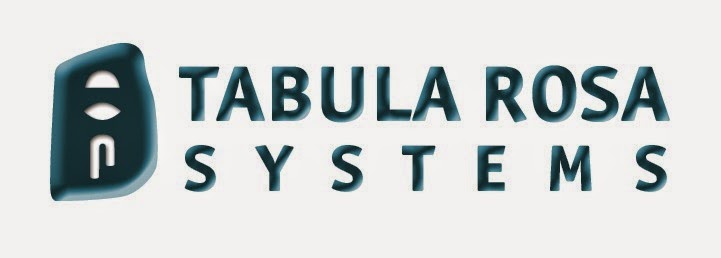
============================================================
Original
release date: August 01, 2015
Systems AffectedMicrosoft Windows Systems, Adobe Flash Player, and LinuxOverviewBetween June and July 2015, the United States Computer Emergency Readiness Team (US-CERT) received reports of multiple, ongoing and likely evolving, email-based phishing campaigns targeting U.S. Government agencies and private sector organizations. This alert provides general and phishing-specific mitigation strategies and countermeasures.DescriptionUS-CERT is aware of three phishing campaigns targeting U.S. Government agencies and private organizations across multiple sectors. All three campaigns leveraged website links contained in emails; two sites exploited a recent Adobe Flash vulnerability (CVE-2015-5119) while the third involved the download of a compressed (i.e., ZIP) file containing a malicious executable file. Most of the websites involved are legitimate corporate or organizational sites that were compromised and are hosting malicious content.ImpactSystems infected through targeted phishing campaigns act as an entry point for attackers to spread throughout an organization’s entire enterprise, steal sensitive business or personal information, or disrupt business operations.SolutionPhishing Mitigation and Response Recommendations
Organizations should remind users that they play a critical role in protecting their organizations form cyber threats. Users should:
Practicing basic cyber hygiene would address or mitigate the vast majority of security breaches handled by today’s security practitioners:
For more information on cybersecurity best practices, users and administrators are encouraged to review US-CERT Security Tip: Handling Destructive Malware to evaluate their capabilities encompassing planning, preparation, detection, and response. Another resource is ICS-CERT Recommended Practice: Improving Industrial Control Systems Cybersecurity with Defense-In-Depth Strategies. | ||||||
| ================================================================ Good Netiquette to all! ================================================================ |
https://www.youtube.com/watch?v=HTgYHHKs0Zw&__scoop_post=bcaa0440-2548-11e5-c1bd-90b11c3d2b20&__scoop_topic=2455618
==============================================
**Important note** - contact our company for very powerful solutions for IP management (IPv4 and IPv6, security, firewall and APT solutions:
www.tabularosa.net
In addition to this blog, Netiquette IQ has a website with great assets which are being added to on a regular basis. I have authored the premiere book on Netiquette, “Netiquette IQ - A Comprehensive Guide to Improve, Enhance and Add Power to Your Email". My new book, “You’re Hired! Super Charge Your Email Skills in 60 Minutes. . . And Get That Job!” will be published soon follow by a trilogy of books on Netiquette for young people. You can view my profile, reviews of the book and content excerpts at:
www.amazon.com/author/paulbabicki
If you would like to listen to experts in all aspects of Netiquette and communication, try my radio show on BlogtalkRadio Additionally, I provide content for an online newsletter via paper.li. I have also established Netiquette discussion groups with Linkedin and Yahoo. I am also a member of the International Business Etiquette and Protocol Group and Minding Manners among others. Further, I regularly consult for the Gerson Lehrman Group, a worldwide network of subject matter experts and have been a contributor to numerous blogs and publications.
Lastly, I
am the founder and president of Tabula
Rosa Systems, a company that provides “best of breed” products for network,
security and system management and services. Tabula Rosa has a new blog and Twitter site which offers great IT
product information for virtually anyone.
==============================================









No comments:
Post a Comment